The 7 Worst Stocks to Buy Now
“A rising tide lifts all boats” is a popular Wall Street saying, but it’s not always true.


“A rising tide lifts all boats” is a popular Wall Street saying, but it’s not always true. The market is hitting all-time highs seemingly every other day, but you can bet that if a stock springs a leak, it will sink. As broad-based as the market's gains have been this year, investors looking for stocks to buy will be hard-pressed to outperform an index fund without being just a little picky.
That is easier said than done, of course. After all, one of the first places value investors look for bargains is beaten-down stocks. But separating stocks that are just misunderstood from the ones that are cheap for a reason is no simple task.
We’re here to help. A look across the market landscape reveals no shortage of stocks that look like bargains, but aren't worth buying now. Some of these were once the market’s more durable names, while some of these are very recent flashes in the pan. Many of these names are famous enough that the uninformed investor could get suckered into taking a flyer. Don’t do it.
Here are seven of the worst stocks to buy now. Heavy competition, business-specific problems and tarnished reputations make these well-known companies hazardous to your portfolio’s health.
Data is as of Nov. 27, 2017. Analyst ratings are from Zacks Investment Research. Stocks are listed in alphabetical order. Click on symbol links in each slide for current share prices and more.
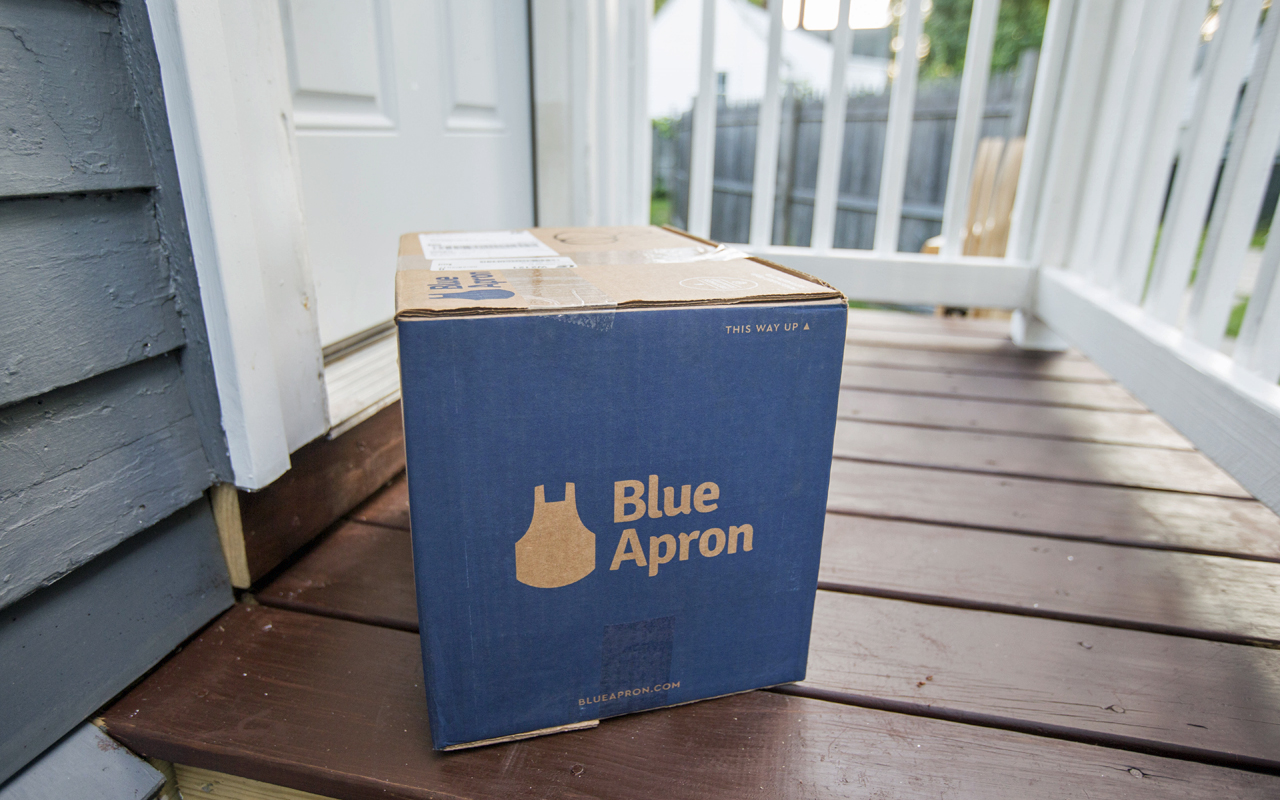
Blue Apron
- Year-to-date performance: -69%
- Analysts’ opinion: 2 strong buy, 2 buy, 8 hold, 0 underperform, 2 sell
Pretty much nothing has gone Blue Apron’s (APRN, $3.07) way since its ballyhooed initial public offering in June, which Bloomberg News called the “IPO Bust of the Decade.” The meal-delivery company laid off 6% of its workforce in October, a scant four months after becoming a publicly traded company.
The biggest blow, however, was delivered by Amazon.com (AMZN). The e-commerce giant’s June announcement that it would buy Whole Foods was an ominous precursor to the IPO. But a July report that Amazon had filed for its own meal-kit trademark made it clear that Blue Apron will have a monster competitor in its industry.
APRN shares priced at $10 when the company went public. It now fetches just about $3 – and there’s little on the horizon to suggest the company can turn around anytime soon. Analysts at William Blair, who rate shares at “Market Perform” (equivalent of hold), expect the stock to be range-bound for now. With Amazon lurking in Blue Apron’s waters, that could prove to be too optimistic.

Chipotle Mexican Grill
- YTD performance: -27%
- Analysts’ opinion: 5 strong buy, 0 buy, 18 hold, 1 underperform, 3 sell
- Chipotle Mexican Grill (CMG, $274.52) has struggled to regain customers’ trust ever since its well-publicized outbreaks of food-borne illnesses in 2015. And in the age of social media, which serves up constant reminders of Chipotle’s food-safety struggles – it’s not a sure bet that it ever will.
The company suffered another outbreak of norovirus over the summer that sickened 133 customers. In mid-November, Supergirl actor Jeremy Jordan claimed on Instagram that he “almost died” after eating at Chipotle.
Even analysts who think Chipotle might eventually come back from a 65% walloping since August 2015 figure it will take some time. “We project sales recovery will remain challenging because during the time Chipotle struggled to alleviate consumers’ concerns about food safety other quick-casual and QSR restaurants worked to improve food quality and value, replacing Chipotle’s position in a number of consumers’ consideration sets,” say Stifel analysts, who rate shares at “Hold.”

Fitbit
- YTD performance: -10%
- Analysts’ opinion: 1 strong buy, 1 buy, 8 hold, 1 underperform, 0 sell
- Fitbit (FIT, $6.62) shares have been on a downswing for more than two years as analysts and investors have come to accept that the market for fitness trackers is a niche one at best. The stock has lost 86% of its value since August 2015, including a 10% dip for the year-to-date.
Fitbit is pinning its hopes on the smartwatch market, where shipments are expected to increase by 20.4% vs. last year, according to market researcher IDC. Fitbit launched its first smartwatch, the Ionic, ahead of the holiday selling season, but consumer reviews have so far been mixed.
Analysts at Stifel say the success of the smartwatch over the next month is crucial. “Consumer response during holiday remains key, and we continue to view the success of the smartwatch launch as a lynchpin for Fitbit’s potential for a return to profitability,” say the analysts, who rate shares at “Hold.”
It’s a credible strategy, but Fitbit is going up against competition from Apple (AAPL), Samsung (SSNLF), Lenovo (LVNGY) and a host of other giant consumer electronics firms.

JCPenney
- YTD performance: -60%
- Analysts’ opinion: 1 strong buy, 0 buy, 14 hold, 0 underperform, 1 sell
- JCPenney (JCP, $3.35) is one of several department stores beaten down by the rise of Amazon. Although revenues have been fairly stable since 2015 after tumbling for four consecutive years, annual profitability remains a struggle. True, the company recorded positive net income for 2016, but only $1 million of it. Since fiscal 2011, the retailer has lost $3.6 billion. That has ramped up JCPenney’s debt, which now sits at $4.5 billion, versus just $185 million in cash.
The retailer delivered a pleasant surprise for the third quarter when sales fell less than analysts expected and its net loss wasn’t as wide as feared. But it’s too soon to give the all-clear sign. JCPenney finished last quarter with approximately 875 stores, compared to 1,014 stores in the prior-year quarter.
As they say on the Street, you can’t cut your way to growth.
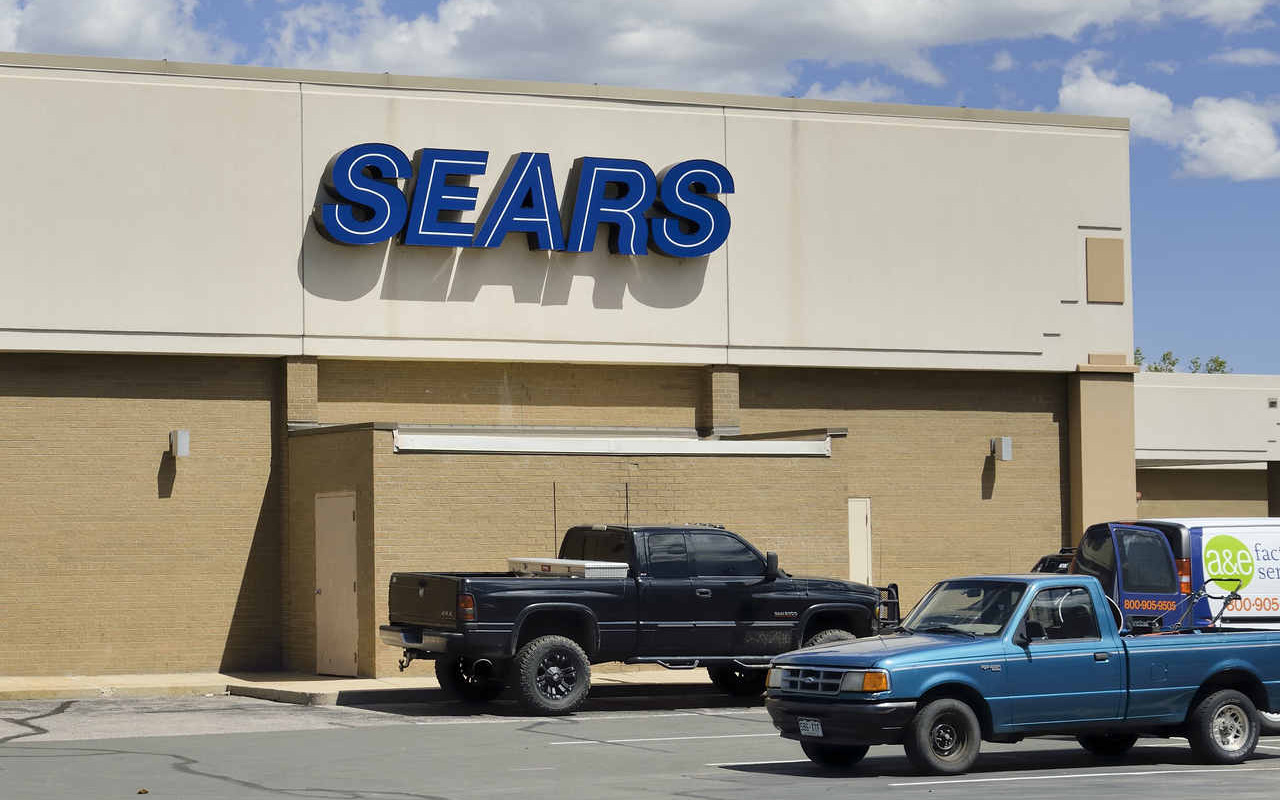
Sears Holdings
- YTD performance: -58%Analysts’ opinion: N/A*Sears Holdings (SHLD, $3.90) has been slowly circling the drain in 2017. A quarter-century of pressure first from the likes of Walmart (WMT) and Target (TGT), and now courtesy of Amazon, has turned the once-iconic American retailer into a money pit.
Sears started 2017 with a plan to close 150 stores, including 108 Kmart locations, then in early November added another 63 to the list. To stay afloat, the company tapped $1 billion in credit around the start of the year, then secured another $200 million credit line in July. The retailer also was forced to sell its Craftsman tools business in July in a deal that could be worth $900 million, and announced a $1 billion cost-cutting effort in February.
The most recent sign of decay: Longtime partner Whirlpool (WHR) said in October that it will no longer sell its washers and dryers at Sears, ending a 101-year partnership with the appliance giant.
The struggling retailer’s revenue has fallen annually since 2008, and Sears has lost more than $10 billion since 2011, the last year that it was profitable. Couple that with a massive $4 billion in debt versus $212 in cash and investments, and it’s difficult to justify a bet on a Sears bounce-back.
*No analysts tracked by Zacks are currently monitoring Sears.

Snap Inc.
- YTD performance: -47%
- Analysts’ opinion: 4 strong buy, 0 buy, 17 hold, 0 underperform, 7 sellInvestors had high hopes that Snap Inc. (SNAP, $13.06) – the parent company of the Snapchat social networking and messaging service – would follow in the footsteps of Facebook (FB).
It hasn’t worked out that way, at least so far. Shares were priced at $17 at the time of its March initial public offering. They closed at $24.48, with gains of 44% on that first day of trading. Since then? It hasn’t gone well. Facebook has repeatedly mimicked popular Snapchat features and applied them to its Facebook, Instagram, WhatsApp and Messenger apps, cutting into Snap’s growth.
As a result, the stock currently trades around $13 a share, and disappointing user growth and competition could make things worse.
“We believe Snap will continue to struggle,” write UBS analysts, who rate the stock at “Sell.” “User growth is tepid, while competing against (Google), FB & AMZN is likely going to prove difficult.”
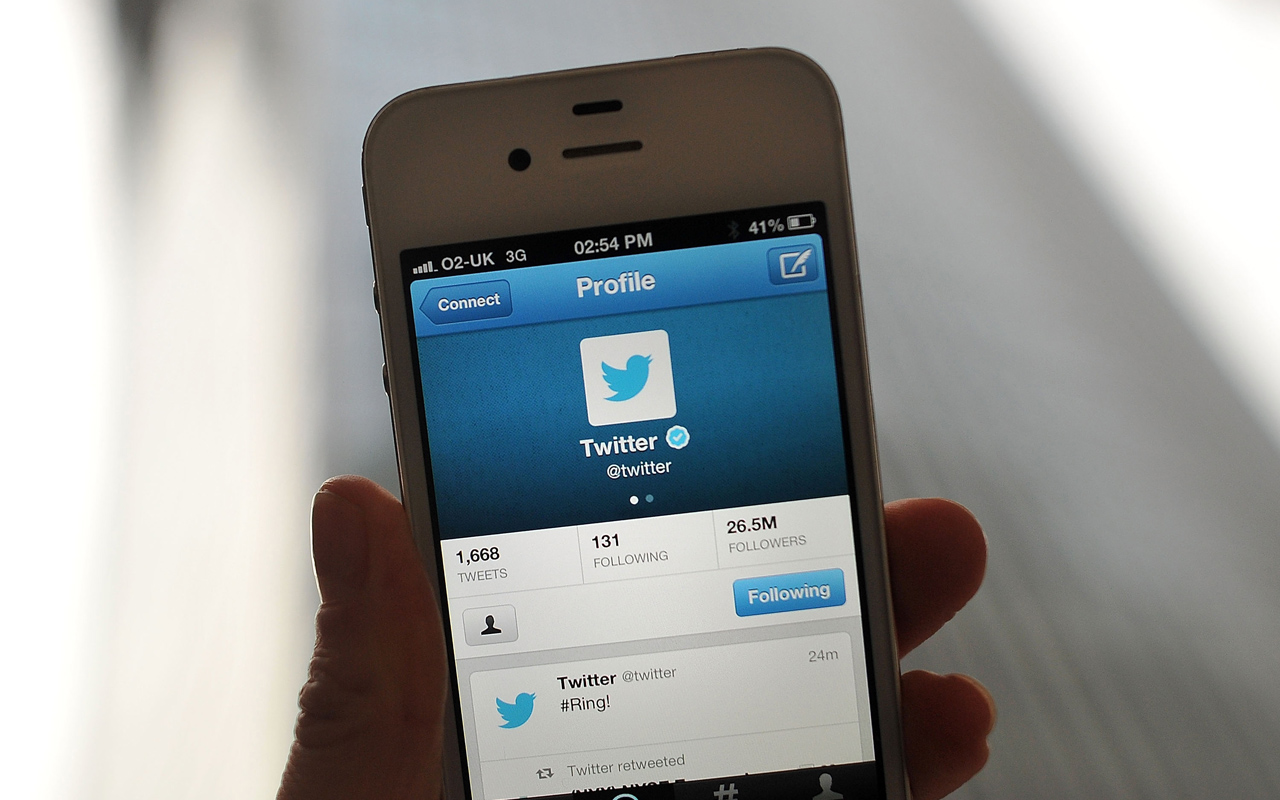
- YTD performance: +34%
- Analysts’ opinion: 1 strong buy, 0 buy, 17 hold, 1 underperform, 7 sell
The micro-blogging network has failed to live up to its promise. Indeed, when Snap went public, the question was whether it would prove to be the next Facebook – or the next Twitter (TWTR, $21.82).
The social media platform has assumed a central place in the national conversation, but as a place for advertisers to reach people, it’s really not all that big compared to Facebook or Alphabet’s (GOOGL) Google platform. Twitter’s growth has stalled out at about 330 million monthly users. Google and Facebook, however, each have several billion users across their various services.
That smaller scale – and less robust data-gathering and analyzing systems – makes it hard for Twitter to make money selling ads against users’ tweets. Analysts at Stifel, who rate shares at “Sell,” note that revenue growth is lagging as Twitter struggles to get big commitments from advertisers.
“In addition, we believe emerging digital advertising platforms like Instagram, Snap, and Pinterest could prove to be more formidable competition,” the analysts say.
Profit and prosper with the best of Kiplinger's advice on investing, taxes, retirement, personal finance and much more. Delivered daily. Enter your email in the box and click Sign Me Up.

Dan Burrows is Kiplinger's senior investing writer, having joined the publication full time in 2016.
A long-time financial journalist, Dan is a veteran of MarketWatch, CBS MoneyWatch, SmartMoney, InvestorPlace, DailyFinance and other tier 1 national publications. He has written for The Wall Street Journal, Bloomberg and Consumer Reports and his stories have appeared in the New York Daily News, the San Jose Mercury News and Investor's Business Daily, among many other outlets. As a senior writer at AOL's DailyFinance, Dan reported market news from the floor of the New York Stock Exchange.
Once upon a time – before his days as a financial reporter and assistant financial editor at legendary fashion trade paper Women's Wear Daily – Dan worked for Spy magazine, scribbled away at Time Inc. and contributed to Maxim magazine back when lad mags were a thing. He's also written for Esquire magazine's Dubious Achievements Awards.
In his current role at Kiplinger, Dan writes about markets and macroeconomics.
Dan holds a bachelor's degree from Oberlin College and a master's degree from Columbia University.
Disclosure: Dan does not trade individual stocks or securities. He is eternally long the U.S equity market, primarily through tax-advantaged accounts.
-
 Are T-Mobile's Prepaid Perks a Home Run or a Strikeout?
Are T-Mobile's Prepaid Perks a Home Run or a Strikeout?T-Mobile's prepaid lineup promises MLB.TV, T-Mobile Tuesdays and hotspot data. But do the perks make it worth switching?
-
 Verizon Home Internet Is Offering Free Tech to New Customers
Verizon Home Internet Is Offering Free Tech to New CustomersVerizon’s latest home-internet promotion includes free tech, but the real savings depend on pricing, speed needs and how long you stay.
-
 Retirees in These 7 States Could Pay Less Property Taxes Next Year
Retirees in These 7 States Could Pay Less Property Taxes Next YearState Taxes Retirement property tax bills could be up to 65% cheaper for some older adults in 2026. Do you qualify?
-
 The Most Tax-Friendly States for Investing in 2025 (Hint: There Are Two)
The Most Tax-Friendly States for Investing in 2025 (Hint: There Are Two)State Taxes Living in one of these places could lower your 2025 investment taxes — especially if you invest in real estate.
-
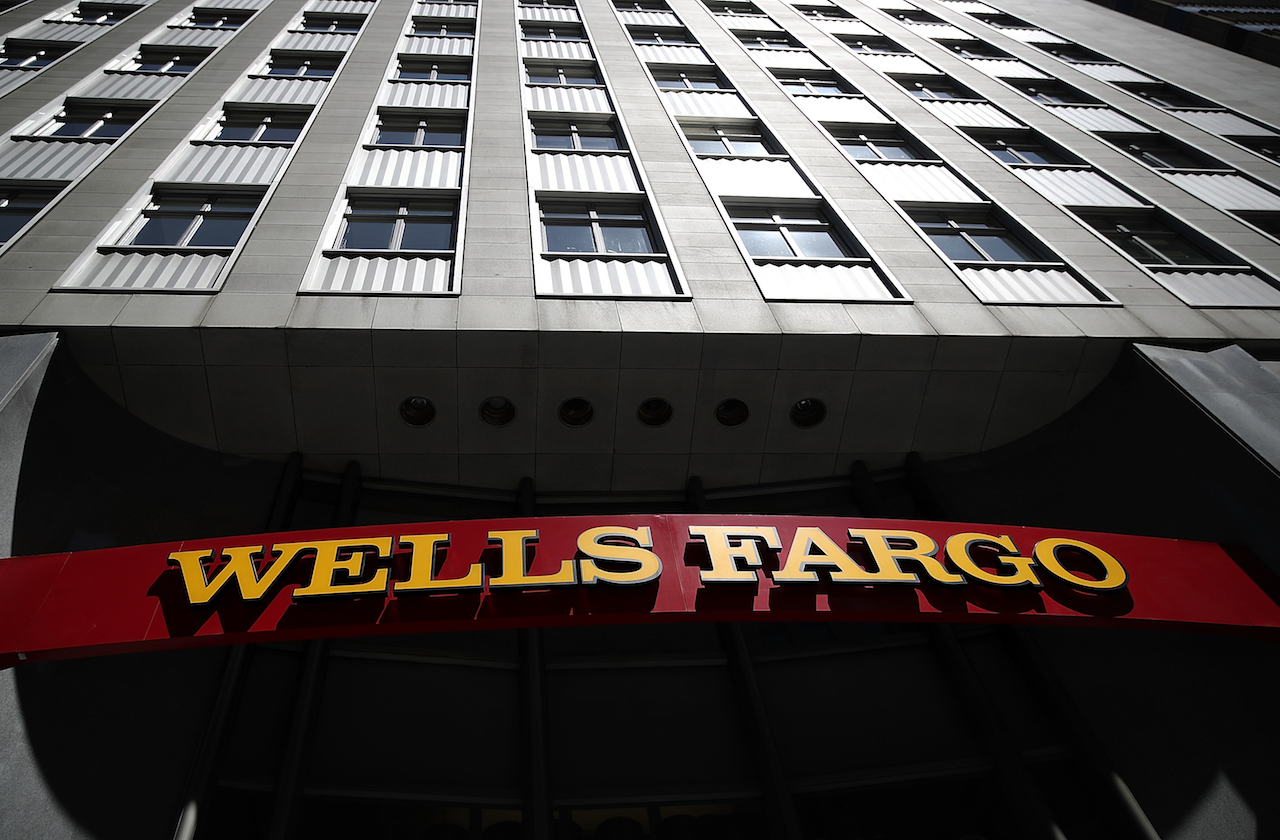 Why Wells Fargo's Revenue Miss Isn't Worrying Wall Street
Why Wells Fargo's Revenue Miss Isn't Worrying Wall StreetWells Fargo is one of the best S&P 500 stocks Wednesday even after the big bank's top-line miss. Here's what you need to know.
-
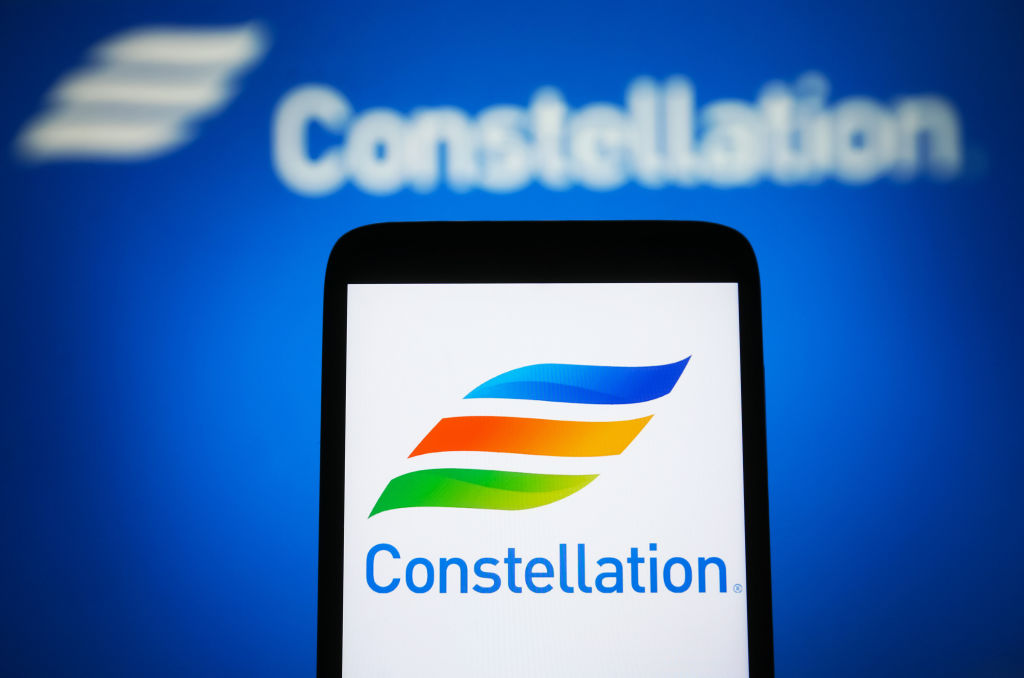 Constellation Energy Stock Soars on Its $26 Billion Buy. Here's Why Wall Street Likes the Deal
Constellation Energy Stock Soars on Its $26 Billion Buy. Here's Why Wall Street Likes the DealConstellation Energy is one of the best S&P 500 stocks Friday after the utility said it will buy Calpine in a cash-and-stock deal valued at $26 billion.
-
 The 24 Cheapest Places To Retire in the US
The 24 Cheapest Places To Retire in the USWhen you're trying to balance a fixed income with an enjoyable retirement, the cost of living is a crucial factor to consider. Is your city the best?
-
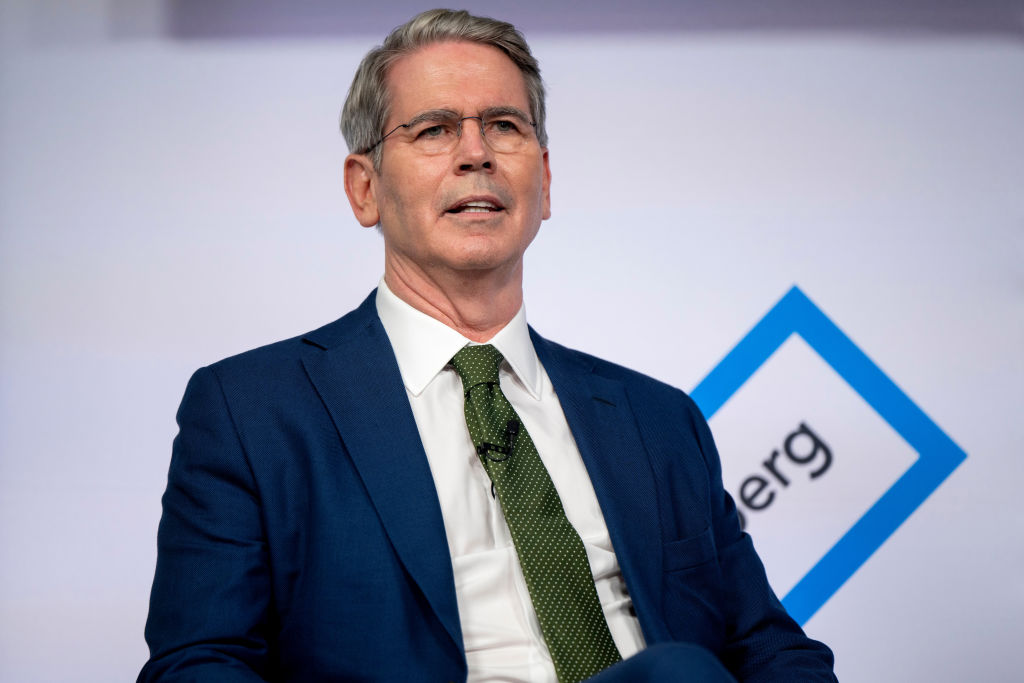 What Scott Bessent's Treasury Secretary Nomination Means for Investors
What Scott Bessent's Treasury Secretary Nomination Means for InvestorsMarkets are reacting positively to Trump's nomination of Scott Bessent for Treasury secretary. Here's why.
-
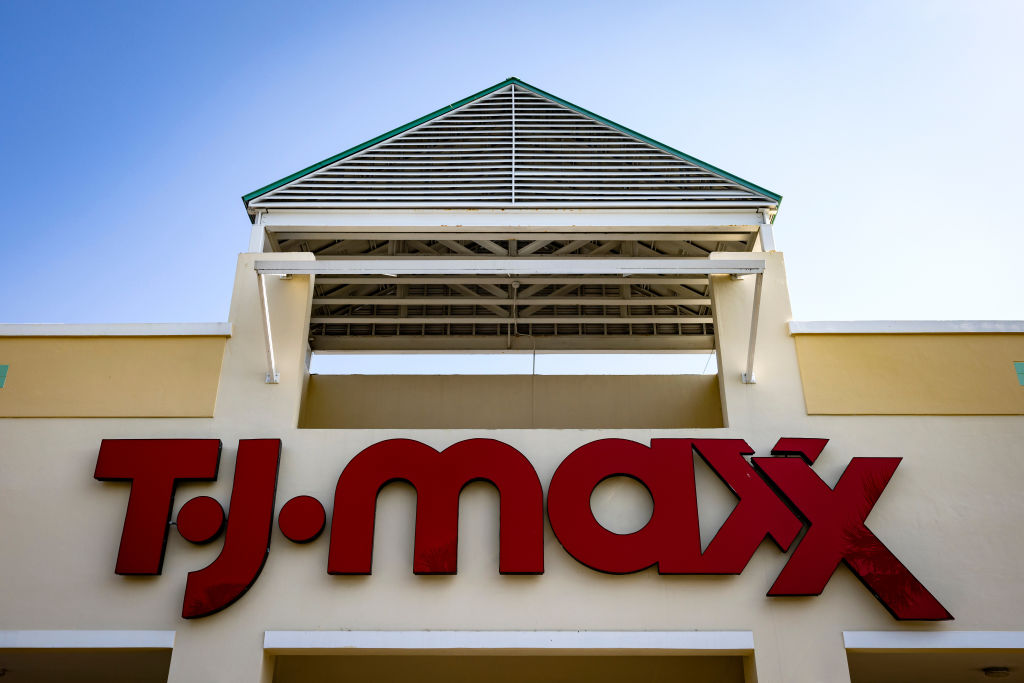 TJX Stock: Wall Street Stays Bullish After Earnings
TJX Stock: Wall Street Stays Bullish After EarningsTJX stock is trading lower Wednesday despite the TJ Maxx owner's beat-and-raise quarter, but analysts aren't worried. Here's why.
-
 Cisco Stock: Why Wall Street Is Bullish After Earnings
Cisco Stock: Why Wall Street Is Bullish After EarningsCisco stock is lower Thursday despite the tech giant's beat-and-raise quarter, but analysts aren't concerned. Here's what you need to know.
-
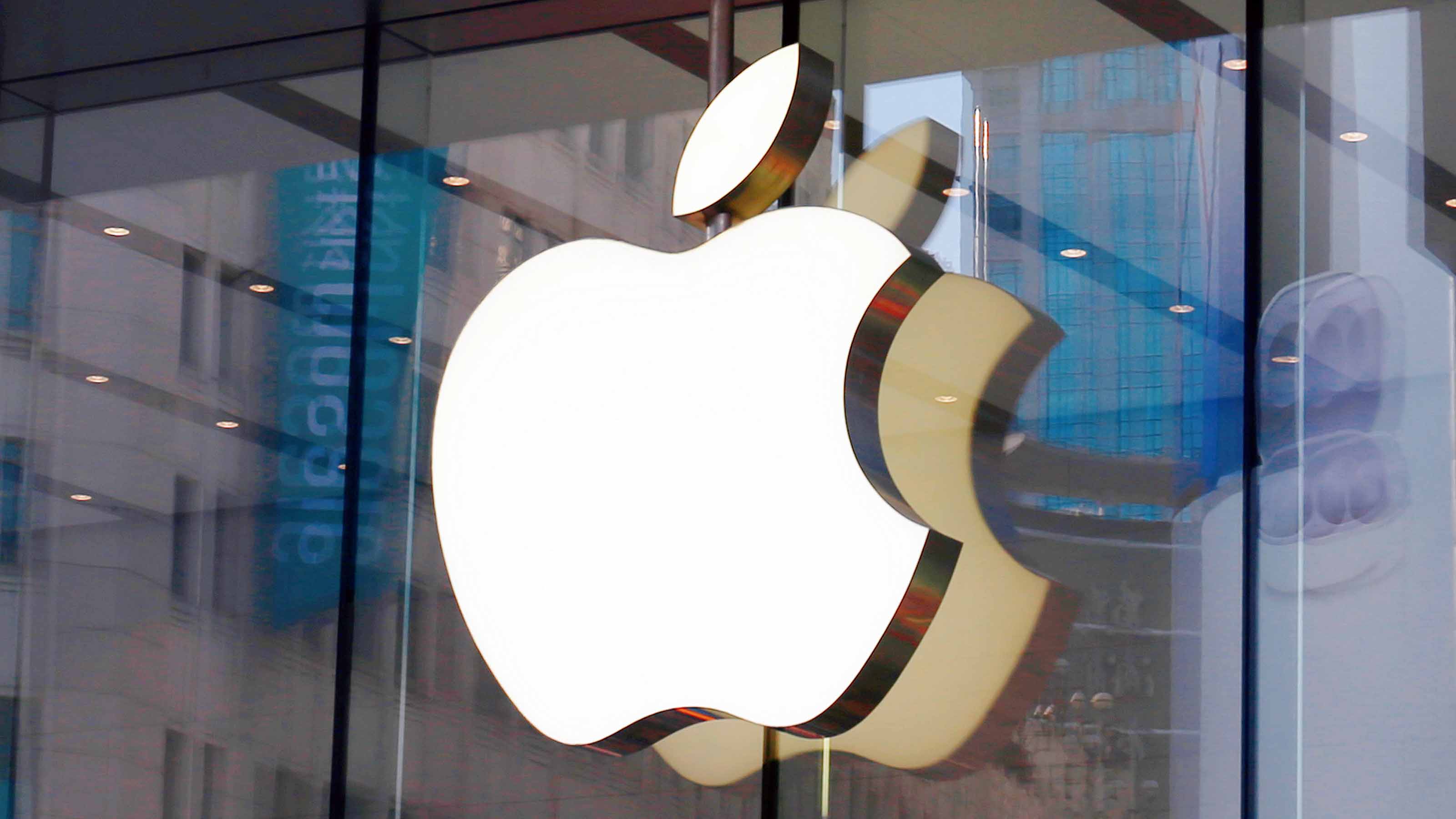 Apple Stock Slips After Earnings. Wall Street Isn't Worried
Apple Stock Slips After Earnings. Wall Street Isn't WorriedApple stock is trading lower Friday despite the iPhone maker beating expectations for its fiscal fourth quarter, but analysts are still bullish.
